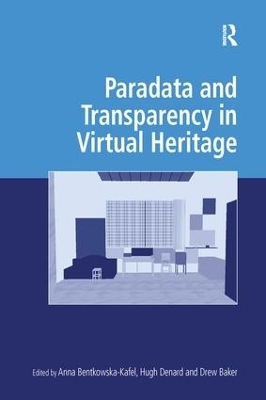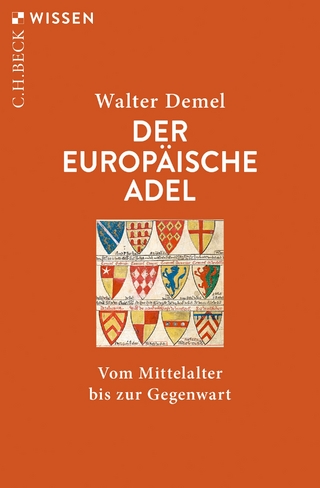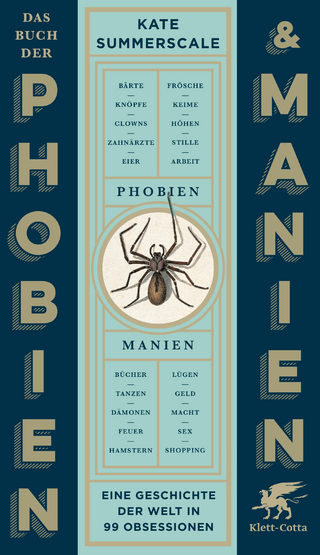
Paradata and Transparency in Virtual Heritage
Routledge (Verlag)
978-1-138-24565-5 (ISBN)
Anna Bentkowska-Kafel is a Research Associate at the Department of Digital Humanities; Hugh Denard is Lecturer at the Department of Digital Humanities and Associate Director of the King's Visualisation Lab and Drew Baker is Senior Research Fellow at the Department of Digital Humanities, all at Kings College London, UK
Contents: Introduction, Anna Bentkowska-Kafel and Hugh Denard; Part I Conventions and Emerging Standards: Defining our terms in heritage visualization, Richard C. Beacham; Scientific method, chaîne opératoire and visualization: 3D modelling as a research tool in archaeology, Sorin Hermon; Setting standards for 3D visualization of cultural heritage in Europe and beyond, Franco Niccolucci; More than pretty pictures of the past: an American perspective on virtual heritage, Donald H. Sanders; A new introduction to the London Charter, Hugh Denard; The London Charter for the Computer-based Visualisation of Cultural Heritage (version 2.0, February 2009). Part II Data Interpretation: Methods and Tools: Walking with dragons: CGIs in wildlife 'documentaries', Mark Carnall; Hypothesizing Southampton in 1454: a 3-dimensional model of the medieval town, Matt Jones; Paradata in art-historical research: a visualization of Piet Mondrian's studio at 5 rue de Coulmiers, Ryan Egel-Andrews; Just how predictable is predictive lighting?, Kate Devlin; Lies, damned lies and visualizations: will metadata and paradata be a solution or a curse?, Martin J. Turner; Intricacies and potentials of gathering paradata in the 3D modelling workflow, Sven Havemann. Part III Data Management and Communication: Defining paradata in heritage visualization, Drew Baker; Transparency for empirical data, Mark Mudge; Behaviours, interactions and affordance in virtual archaeology, Maurizio Forte and Sofia Pescarin; How to make sustainable visualizations of the past: an EPOCH common infrastructure tool for interpretation management, Daniel Pletinckx. Part IV Conclusion: Processual scholia: the importance of paradata in heritage visualization, Anna Bentkowska-Kafel; Glossary of terms; Selected bibliography; Index.
| Erscheinungsdatum | 07.09.2016 |
|---|---|
| Reihe/Serie | Digital Research in the Arts and Humanities |
| Verlagsort | London |
| Sprache | englisch |
| Maße | 156 x 234 mm |
| Gewicht | 453 g |
| Themenwelt | Reisen ► Reiseführer |
| Geschichte ► Teilgebiete der Geschichte ► Kulturgeschichte | |
| Mathematik / Informatik ► Informatik ► Grafik / Design | |
| Sozialwissenschaften ► Kommunikation / Medien ► Buchhandel / Bibliothekswesen | |
| Technik ► Umwelttechnik / Biotechnologie | |
| Wirtschaft ► Betriebswirtschaft / Management ► Wirtschaftsinformatik | |
| ISBN-10 | 1-138-24565-8 / 1138245658 |
| ISBN-13 | 978-1-138-24565-5 / 9781138245655 |
| Zustand | Neuware |
| Haben Sie eine Frage zum Produkt? |
aus dem Bereich


